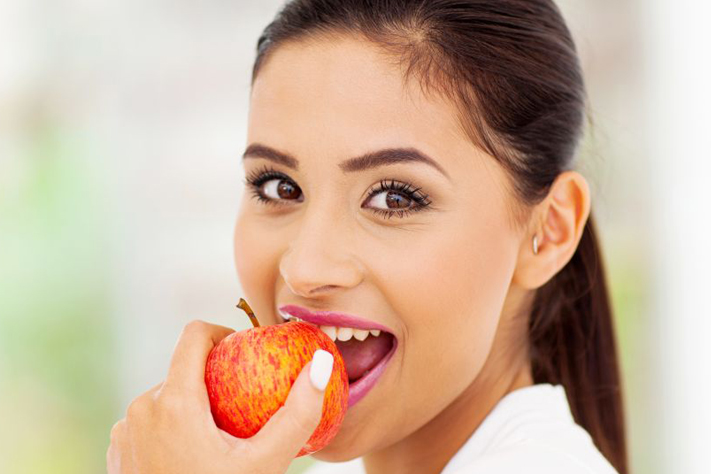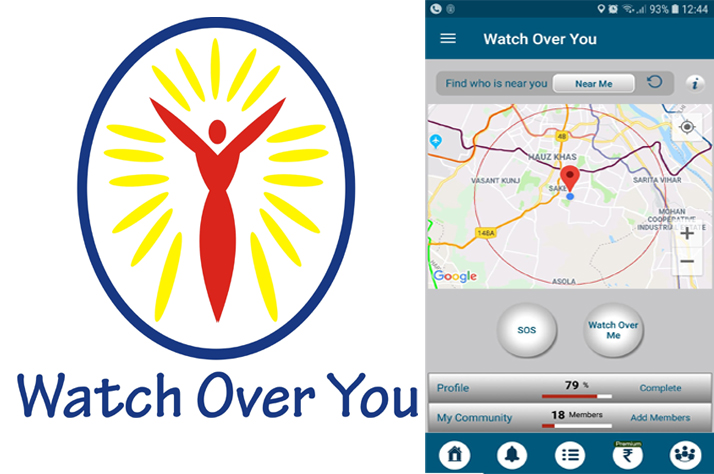Understanding Diabetes Thirst vs. Summer Thirst: Managing Temptations and Staying Healthy

*Understanding Diabetes Thirst vs. Summer Thirst: Managing Temptations and Staying Healthy*
As the scorching sun of summer beats down, our bodies naturally crave refreshment. But for individuals living with diabetes, navigating the line between quenching summer thirst and managing blood sugar levels can be a challenging task. The combination of hot weather and the temptation of sugary drinks can exacerbate this dilemma. Let's delve into the intricacies of diabetes thirst versus summer thirst and explore ways to staying hydrated and healthy.
*Understanding Diabetes Thirst:*
Diabetes, particularly uncontrolled diabetes, can lead to excessive thirst, a condition known as polydipsia. When blood sugar levels are elevated, the body attempts to flush out the excess glucose through increased urination, leading to dehydration and triggering the sensation of thirst. This constant feeling of dryness can be overwhelming and difficult to distinguish from the typical thirst experienced during summer.
Diabetes-related thirst tends to be more persistent and excessive, often accompanied by other symptoms like frequent urination and fatigue. Summer thirst is usually a response to higher temperatures and dehydration, but it's typically less intense and doesn't persist as consistently.
*Summer Thirst and Temptations:*
During the summer months, the heat and humidity can intensify our body's need for hydration. However, the availability of sugary beverages like sodas, fruit juices, and sweetened iced teas can pose a significant temptation, especially for individuals with diabetes. These drinks not only fail to adequately hydrate but also cause rapid spikes in blood sugar levels, aggravating the underlying condition.
*Tips for Managing Diabetes Thirst in Summer:*
1. Stay Hydrated with Water: Water should be your primary source of hydration. Carry a reusable water bottle and sip on water throughout the day to stay hydrated without compromising your blood sugar levels.
2. Monitor Blood Sugar Levels: Regularly monitor your blood sugar levels, especially during hot weather, to ensure they remain within the normal range. This can help you make informed decisions about your fluid intake and insulin dosage.
3. Choose Sugar-free alternatives: If get craving for something flavourful than plain water, opt for sugar-free beverages such as infused water, herbal teas, or sparkling water with a splash of lemon or lime. These will hydrate you without any added sugars.
4. Limit Sugary Treats: It can be really tempting to indulge in sugary snacks and drinks during the summertime. It is always advisable to limit your intake, especially if you have diabetes. Instead, satisfy your sweet tooth with fresh fruits or sugar-free desserts in moderation.
5. Seek Shade and Cool Environments: Don’t get exposed to extreme heat; even if you do, seek shade. Try to stay indoors during peak sun hours, and wear lightweight, breathable clothes. This can help prevent excessive sweating and dehydration.
*‘TIPS FROM EXPERT’*

Dr Rohini Kasturi
Consultant – Endocrinology
Star Hospitals, Financial District

 Disclaimer: Welthi.com does not guarantee any specific results as a result of the procedures mentioned here, and the results may vary from person to person.
Disclaimer: Welthi.com does not guarantee any specific results as a result of the procedures mentioned here, and the results may vary from person to person.









